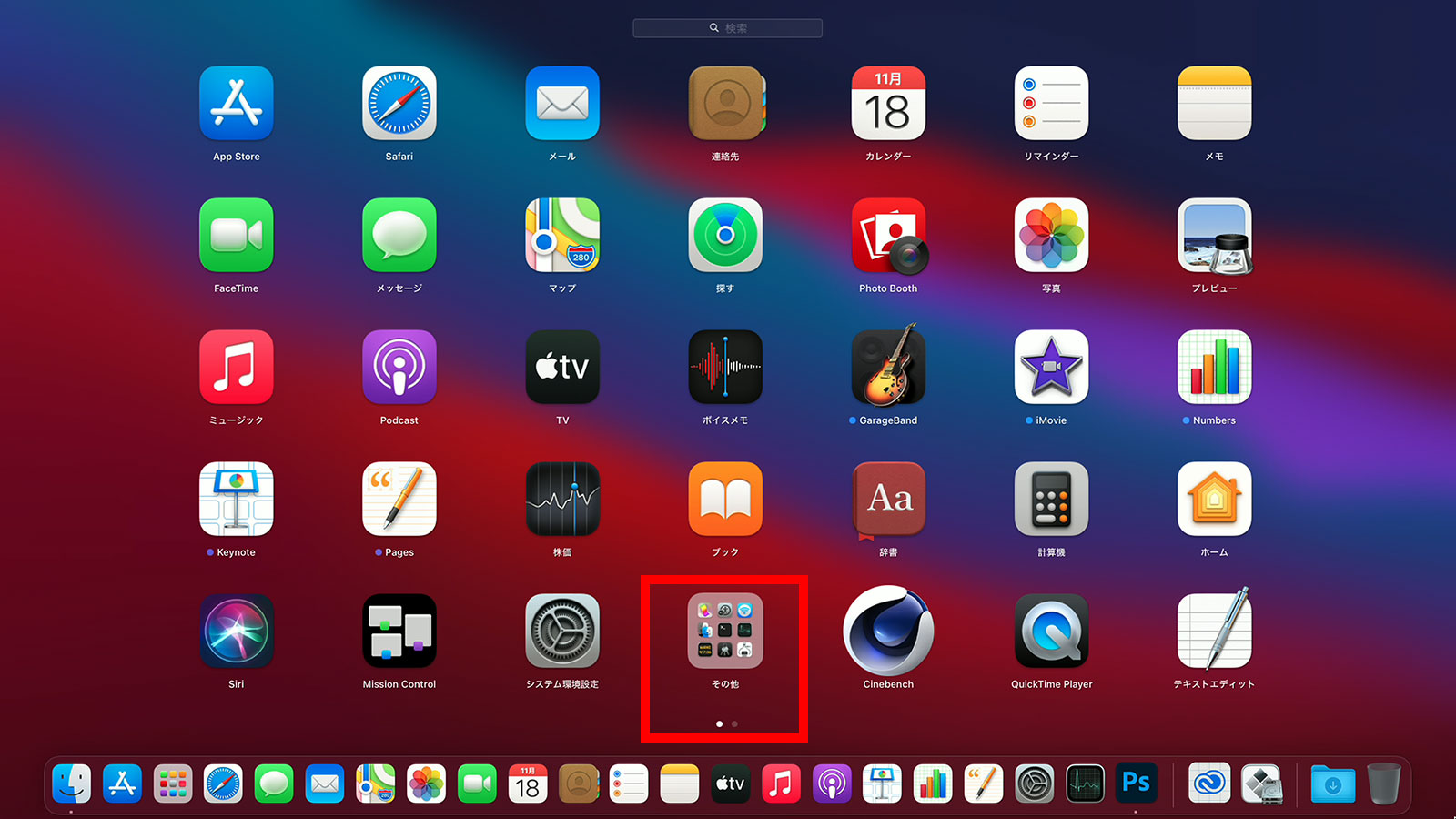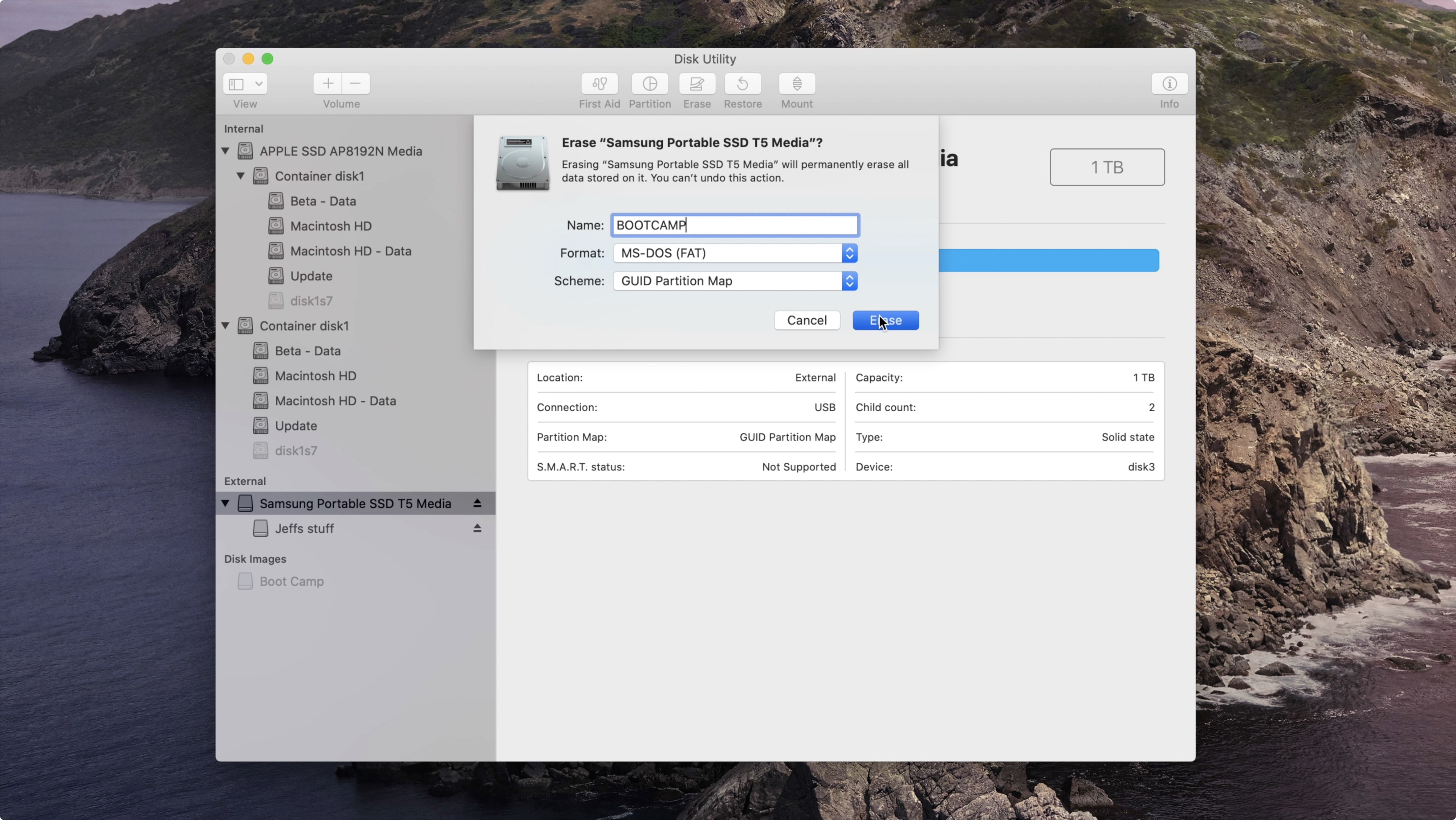

The bad news is that BootCamp won’t run on the M1-powered computers. The good news is that the M1 Pro and M1 Max silicon chips are super-fast and allow more memory, speed, and graphics quality and bring laptop performance up to the level of the most powerful desktops. Apple introduced its proprietary silicon processor in its new MacBook Air and Pro 13-, 14- and 16-inch models, Mac mini, and iMac 24-inch computers. The Intel “Golden Age” of cooperation ended starting with Mac computer models in late 2020. Switching back and forth between Windows and the MacOS is seamless and convenient. Current virtualization programs like Parallels Desktop and VMware Fusion have kept up well with past upgrades of the MacOS. Virtualization software, on the other hand, integrates with the MacOS user interface. However, when booting into Windows, the MacOS lies dormant on a separate disk partition and is inaccessible until you boot into MacOS-whereupon the Windows side goes to sleep. With BootCamp, Windows runs as well on a Mac as it does on a PC. The advantage of BootCamp is that Windows doesn’t have to share resources with the MacOS side. The Intel chip allowed Mac users to install Windows on a separate hard drive partition. Macs began using the Intel system back in January 2006. Intel-Macs Were the “Golden Age” of Cross-Platform Cooperation

Mac’s M1 processor has disrupted the cross-platform cooperation that existed when Intel-powered chips ran Macs. Our 6 favorite alternatives to BootCamp for Apple Silicon Macs are:īefore we go into details of each, it is important to recognize that each one of those choices comes with disadvantages brought on by either by Mac’s new M1 processor or Windows 11 compatibility–and in some cases both. A virtual machine mimics the hardware of a Windows PC and allows you to run Windows programs side by side on a Mac.

The fast answer to the question, “What are the alternatives to BootCamp for running Windows on a Mac?” is virtual machine software.


 0 kommentar(er)
0 kommentar(er)
